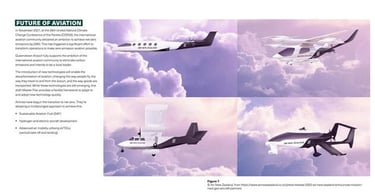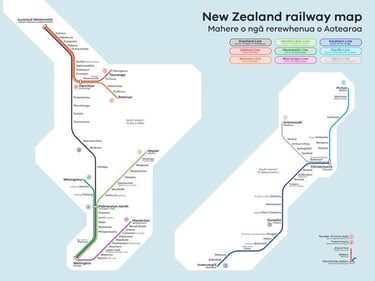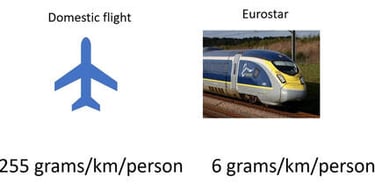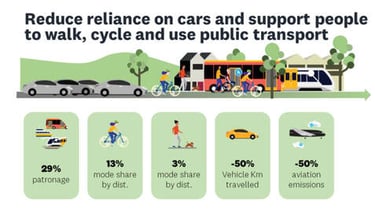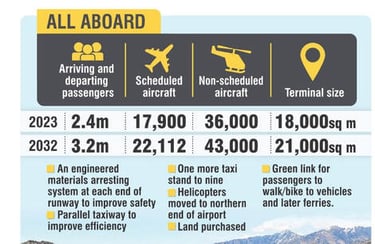Trains versus planes
We have adopted a ‘shift, avoid and improve’ framework to analyse pathways for reducing overall transport emissions. So how do we apply this when thinking about trains versus planes?
CLIMATE CHANGETOURISMAIRLINES
Paul Callister & Robert McLachlan
6/18/20234 min read
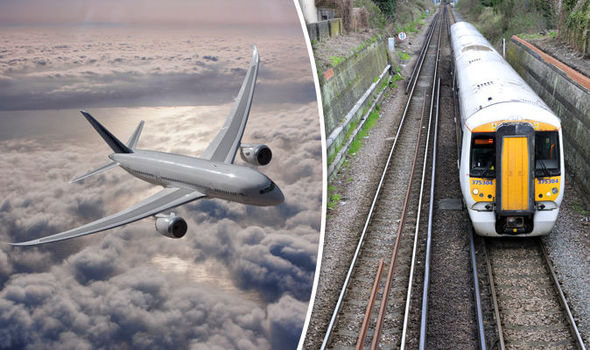

Each day we read news about the increasing local and global effects of human induced climate change. In Aotearoa New Zealand, we know travel by cars and planes is an important source of emissions. We have adopted a ‘shift, avoid and improve’ framework to analyse pathways for reducing overall transport emissions. So how do we apply this when thinking about trains versus planes?
Three other issues are relevant in any debates about trains versus planes.
One is how we power transport. Electrification of domestic travel is critical. There is a steady stream of reports being published on how best to provide the scarce and valuable renewable electricity to underpin the transport transition.
A second issue is resource use. This affects both the provision of renewable electricity and transport choices. For example, there are debates about the availability of key minerals such as copper and lithium.
A third is the carbon needed in investing in either train or aviation infrastructure. Expanding and building new airports requires major civil engineering works as does upgrading rail infrastructure.
There are many important, and far reaching, discussions taking place this year. For some, public input is being sought. For example, in April this year, the Climate Change Commission released its draft advice to inform the strategic direction of the Government’s second emissions reduction plan, covering Aotearoa New Zealand’s 2026–2030 emissions budget. The Tourism Environment Leadership Group, supported by MBIE, are currently seeking feedback on a draft Tourism Environment Action Plan. One goal in the draft is to ‘leverage tourism to advocate for rapidly decarbonising domestic transport used by visitors.’
At a regional level, Queenstown airport is seeking public feedback on its plans to increase passenger numbers by one third in the next decade.
In Auckland, there has been debate about council ownership of airport shares. But in an increasingly tangled and often contradictory world of growth aspirations versus much needed emission reductions, the airport is embarking on major expansion plans while Auckland council’s own emission reduction plan calls for a 50% reduction in domestic aviation emissions by 2030.
The decline of inter-regional passenger rail in Aotearoa New Zealand is well documented. In fact, many delegates to the rail conference cannot conveniently get to the conference venue and back home by train. Once, it would have been possible to arrive on the morning of the conference by train from Auckland or Hamilton and leave that evening again by overnight train. Or arrive from Whanganui, New Plymouth or Napier. Now people have to drive, bus or fly.
It is therefore no surprise that we rank 4th in the world for per-capita domestic aviation emissions. On a per capita domestic basis, New Zealanders emit 7 times more aviation emissions than people living in the UK and 9 times that of Germany.
Trains are at the heart of a goal to ‘shift’ domestic inter-regional travel. The global data show clearly the energy and emission benefits of train travel.
But these gains will be only achieved if there are trains available and people use them. Who might we attract onto trains?
There will be a group of people who are currently unable to drive or fly who will have their travel options opened up by the provision of trains. Increasingly, this includes people who wish to reduce their carbon footprints. There are young people without cars, not old enough to drive or perhaps without driver licences. Previous blogs have outlined a range of potential passengers, including those who can use the train as their office or who wish to enjoy some of New Zealand’s cycleways.
But it also includes many people who could be classified as transport disadvantaged due to poverty, where they live, or perhaps physical disabilities.
If we are to reduce emissions, we have to get a significant number of people to shift out of cars and planes. And to do that we need a policy environment that fully supports the shift to trains, including the large investment needed to upgrade the rail network. We do not have this in Aotearoa New Zealand. Instead, the playing field, through subsidies and a raft of other policies, supports the building of roads and the aviation industry.
Such change will not come quickly. While low emission trains are now available on the world market, getting an extensive frequent network up and running in Aotearoa New Zealand will take many decades. But some changes could come quickly, such as the reinstatement of a night train between Auckland and Wellington. Or adding an affordable backpacker's carriage on the Northern Explorer. It would have been so much easier if we had started this revival two decades ago. This map shows a scenario of rail services we would now be operating in Aotearoa New Zealand if we had invested in the same way as Victoria.
In our series of train blogs, various rail experts and public transport enthusiasts have set out their visions for reviving passenger rail.
But will the promise of ‘zero emission’ flights derail a shift to trains?
Aviation relies on a goal to ‘improve’
In order to decarbonise, the aviation industry relies almost entirely on promises of future technological breakthroughs. These promises are announced almost weekly.
There are three key promises.
Electric planes are coming and will provide fast and convenient regional travel options.
Longer domestic flights will be powered by Sustainable Aviation Fuels
A new market is also emerging for electric powered air taxis.
Recently we have had two journal articles published considering the future of aviation. These are:
Callister, P. and McLachlan, R. (2023) Decarbonising Aotearoa New Zealand’s aviation sector: Hard to abate, but even harder to govern. Policy Quarterly, 19(2): 9-18. (online)
Callister, P. and McLachlan, R (2023) Managing Aotearoa New Zealand's greenhouse gas emissions from aviation, Journal of the Royal Society of New Zealand, DOI: 10.1080/03036758.2023.2212174 (open access)
Our conclusions are:
Even if the promised technological breakthroughs come about, none will come fast enough, or have sufficient uptake, to make a real difference to emissions in the crucial next couple of decades.
Growth plans will swamp any gains through technology.
The renewable electricity requirements for electric planes and Power to Fuel SAFs are enormous and if biofuel is the preferred option there are also huge technical and environmental challenges in providing such fuels.
We need to fly less until we see a demonstrated and significant reduction in aviation emissions.
We need to shift travel to trains wherever possible.
We very much favour on-going research into low emission aviation. But to be sure to reduce emissions we need to now invest in the technologies that will give us certain, long-term reductions in both energy use and emissions. Rail is one.
We cannot rely on the aviation industry on its own to develop the pathway to decarbonise the sector. We need an overall plan. This needs to be led by government and needs to involve all the levers of ‘shift, avoid and improve’.
